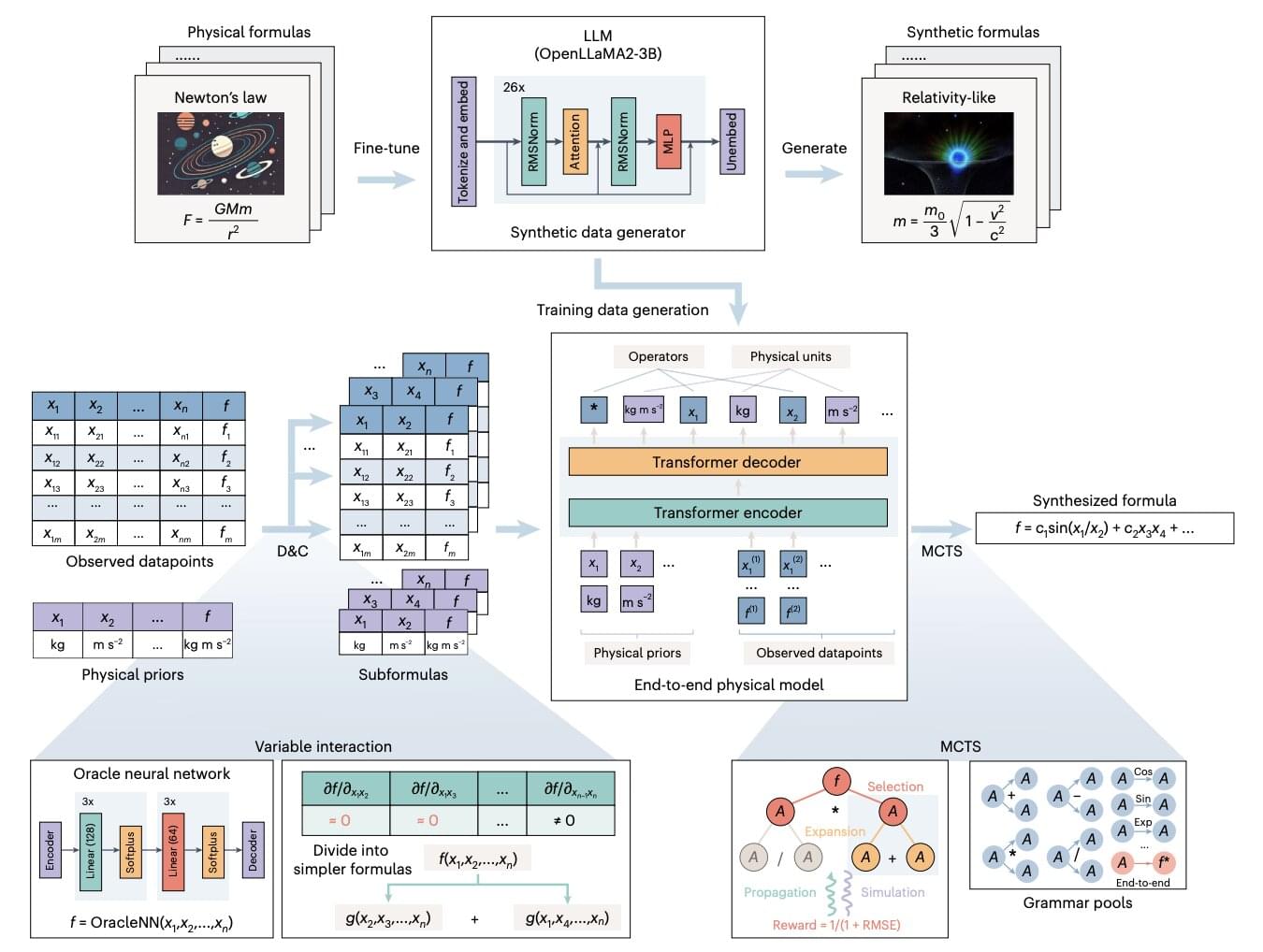Two major facilities built for AI-era workloads remain unpowered while the city races to expand its electricity supply.




In mathematical analysis, the Kakutani fixed-point theorem is a fixed-point theorem for set-valued functions. It provides sufficient conditions for a set-valued function defined on a convex, compact subset of a Euclidean space to have a fixed point, i.e. a point which is mapped to a set containing it. The Kakutani fixed point theorem is a generalization of the Brouwer fixed point theorem. The Brouwer fixed point theorem is a fundamental result in topology which proves the existence of fixed points for continuous functions defined on compact, convex subsets of Euclidean spaces. Kakutani’s theorem extends this to set-valued functions.
Advancements in AI, robotics, and space exploration are driving us towards a future of sustainable abundance, enabled by innovations such as space-based solar power, humanoid robots, and scalable AI infrastructure. ## ## Questions to inspire discussion.
Terafabs and AI Chips.
🛠️ Q: What are Elon Musk’s plans for terafabs?
A: Musk plans to build terafabs with 10 lines, each producing 100k wafers/month, costing **$10–20 billion/line.
🔋 Q: What challenges do AI chips face for scaling?
A: Scaling AI faces bottlenecks in AI chips and energy, with Musk’s terafabs and solar power as key solutions.

Pancreatic cancer is notoriously hard to treat and often resists the most advanced immunotherapies. Northwestern Medicine scientists have uncovered a novel explanation for that resistance: Pancreatic tumors use a sugar-based disguise to hide from the immune system. The scientists also created an antibody therapy that blocks the sugar-mediated “don’t-attack” signal.
For the first time, the team identified how this sugar trick works and showed that blocking it with a monoclonal antibody reawakens immune cells to attack cancer cells in preclinical mouse models.
“It took our team about six years to uncover this novel mechanism, develop the right antibodies and test them,” said study senior author Mohamed Abdel-Mohsen, associate professor of medicine in the division of infectious diseases at Northwestern University Feinberg School of Medicine.

What makes some plastics stick to metal without any glue? Osaka Metropolitan University scientists have peered into the invisible adhesive zone that forms between certain plastics and metals—one atom at a time—to uncover how chemistry and molecular structure determine whether such bonds bend or break.
Their insights clarify metal–plastic bonding mechanisms and offer guidelines for designing durable, lightweight, and more sustainable hybrid materials for use in transportation.
Combining the strength of metal with the lightness and flexibility of plastic, polymer–metal hybrid structures are emerging as key elements for building lighter, more fuel-efficient vehicles. The technology relies on bonding metals with plastics directly, without adhesives. The success of these hybrids, however, hinges on how well the two materials stick together.

Artificial intelligence (AI) systems, particularly artificial neural networks, have proved to be highly promising tools for uncovering patterns in large amounts of data that would otherwise be difficult to detect. Over the past decade, AI tools have been applied in a wide range of settings and fields.
Among its many possible applications, AI systems could be used to discover physical relationships and symbolic expressions (i.e., mathematical formulas) describing these relationships.
To uncover these formulas, physicists currently need to extensively analyze raw data, thus automating this process could be highly advantageous.

Metastatic melanoma cells that have spread to lymph nodes survive by relying on a protein called ferroptosis suppressor protein 1 (FSP1)—a surprising metabolic dependency that could open the door to a new class of cancer treatments, according to a new study led by Harvard T.H. Chan School of Public Health.
The researchers say the study, published in Nature, not only highlights the therapeutic potential of drugs that inhibit FSP1, but also offers new ways to understand cancer and its vulnerabilities.
Ferroptosis is a form of cell death driven by excessive lipid oxidation in cell membranes. When this occurs, the cell’s structural integrity collapses, leading to death. Cancer cells rely heavily on antioxidant proteins like FSP1 to prevent ferroptosis.

Researchers from Mass General Brigham have unveiled the results of a large clinical trial that found that adding the drug evolocumab to patients’ treatment significantly reduced the risk of major adverse cardiovascular events in those who are at high risk. Results were presented today at the American Heart Association Scientific Sessions and simultaneously published in The New England Journal of Medicine.
“The results of this trial offer hope for preventing a first heart attack, stroke, or other cardiovascular event in patients who are at high risk,” said corresponding author Erin Bohula, MD, a cardiologist in the Mass General Brigham Heart and Vascular Institute. “Our findings reflect the promise of prevention strategies and reflect our ongoing commitment to conducting rigorous clinical trials to advance patient care with the goal of saving lives and improving quality of life.”
PCSK9 inhibitors, such as evolocumab, are designed to reduce LDL cholesterol, a major risk factor for cardiovascular events. Previous studies have found that PCSK9 inhibitors can prevent subsequent cardiovascular events in patients who have previously had a heart attack or stroke, but the current study—known as The Effect of EVolocumab in PatiEntS at High CArdiovascuLar RIsk WithoUt Prior Myocardial Infarction or Stroke (VESALIUS)-CV trial—is the first to study the drug’s preventive effects in people who have not previously had a heart attack or stroke.

Hackers use fake Booking.com pages and ClickFix tactics to infect hotels with PureRAT and steal data.